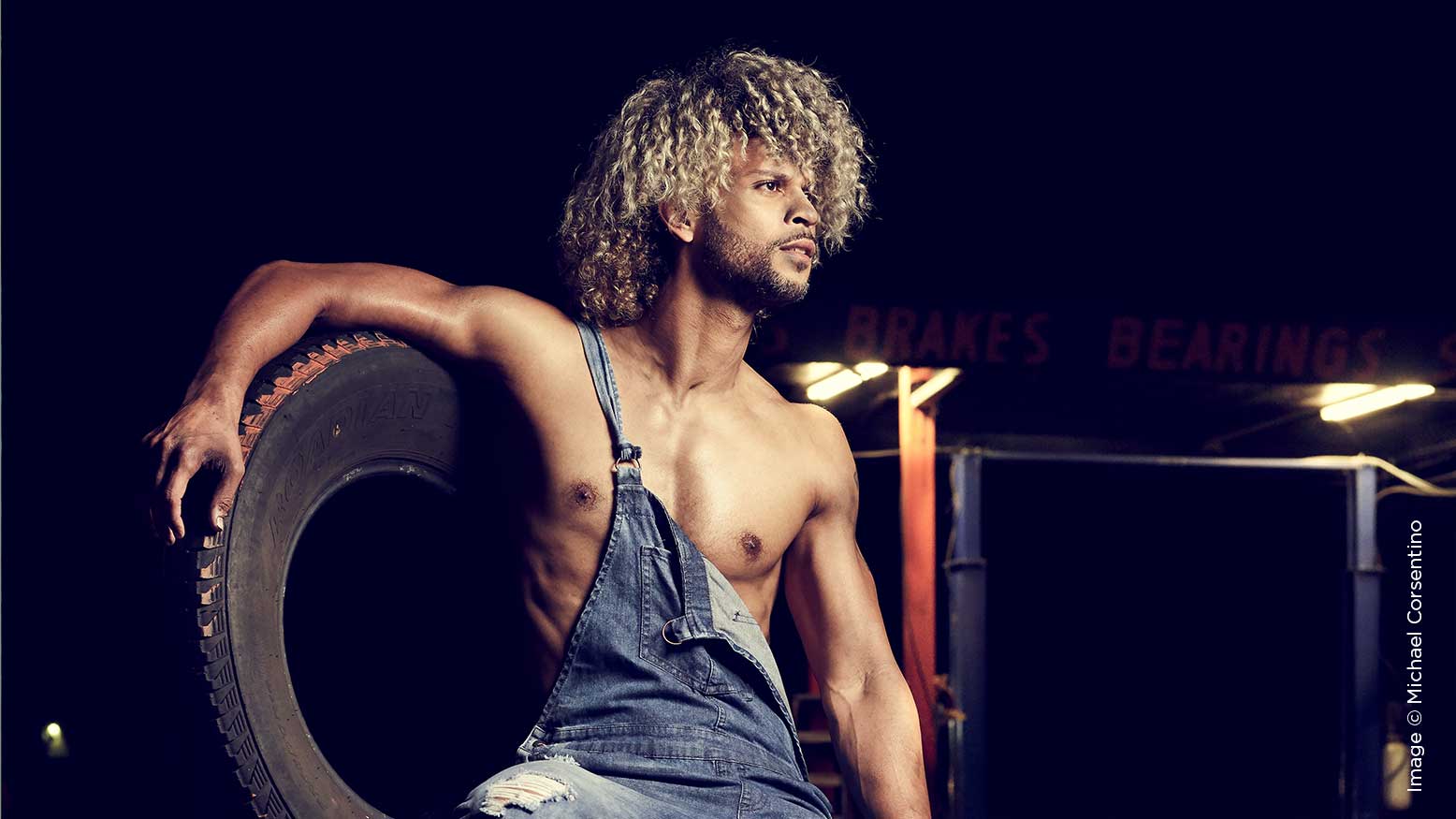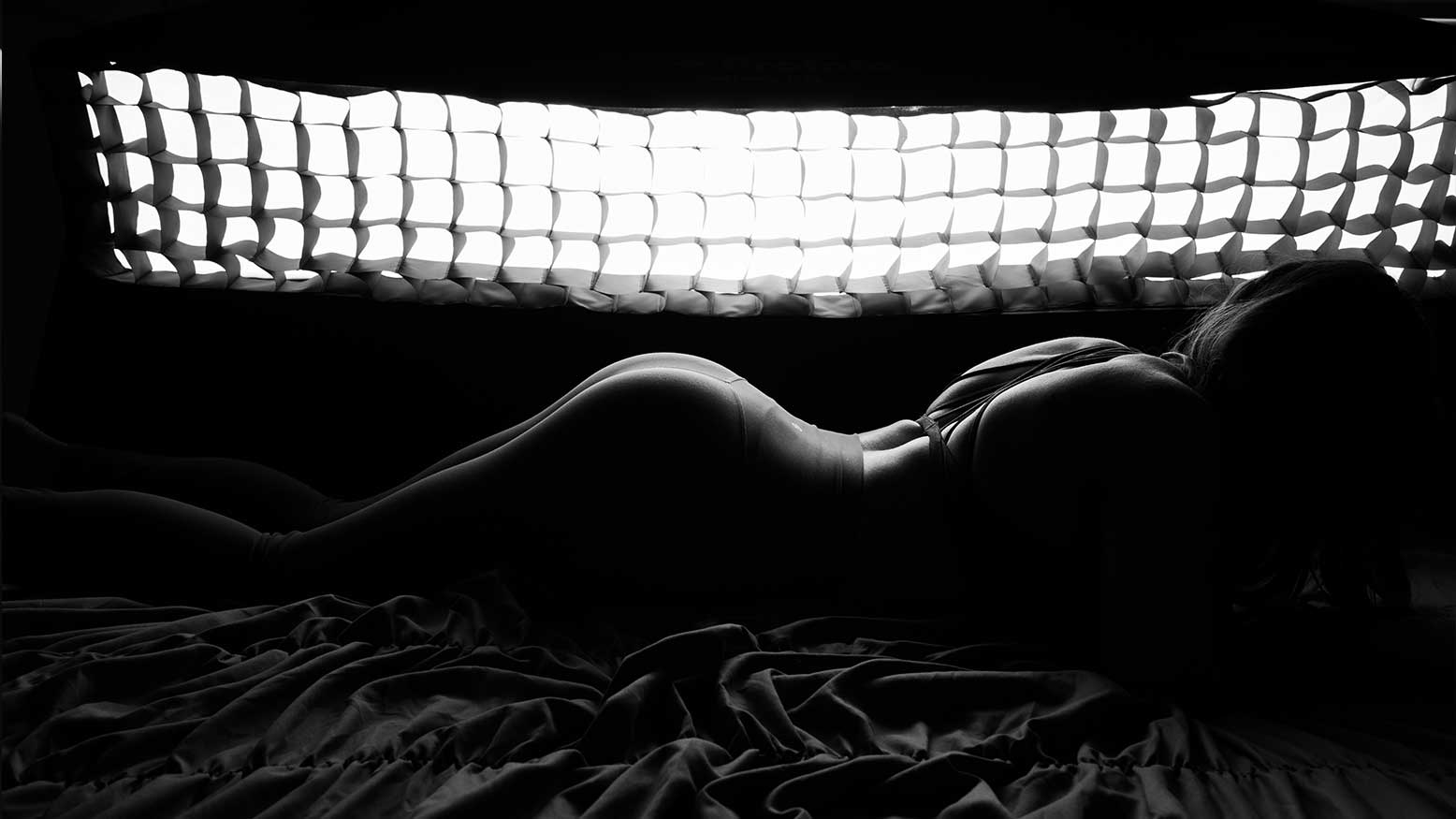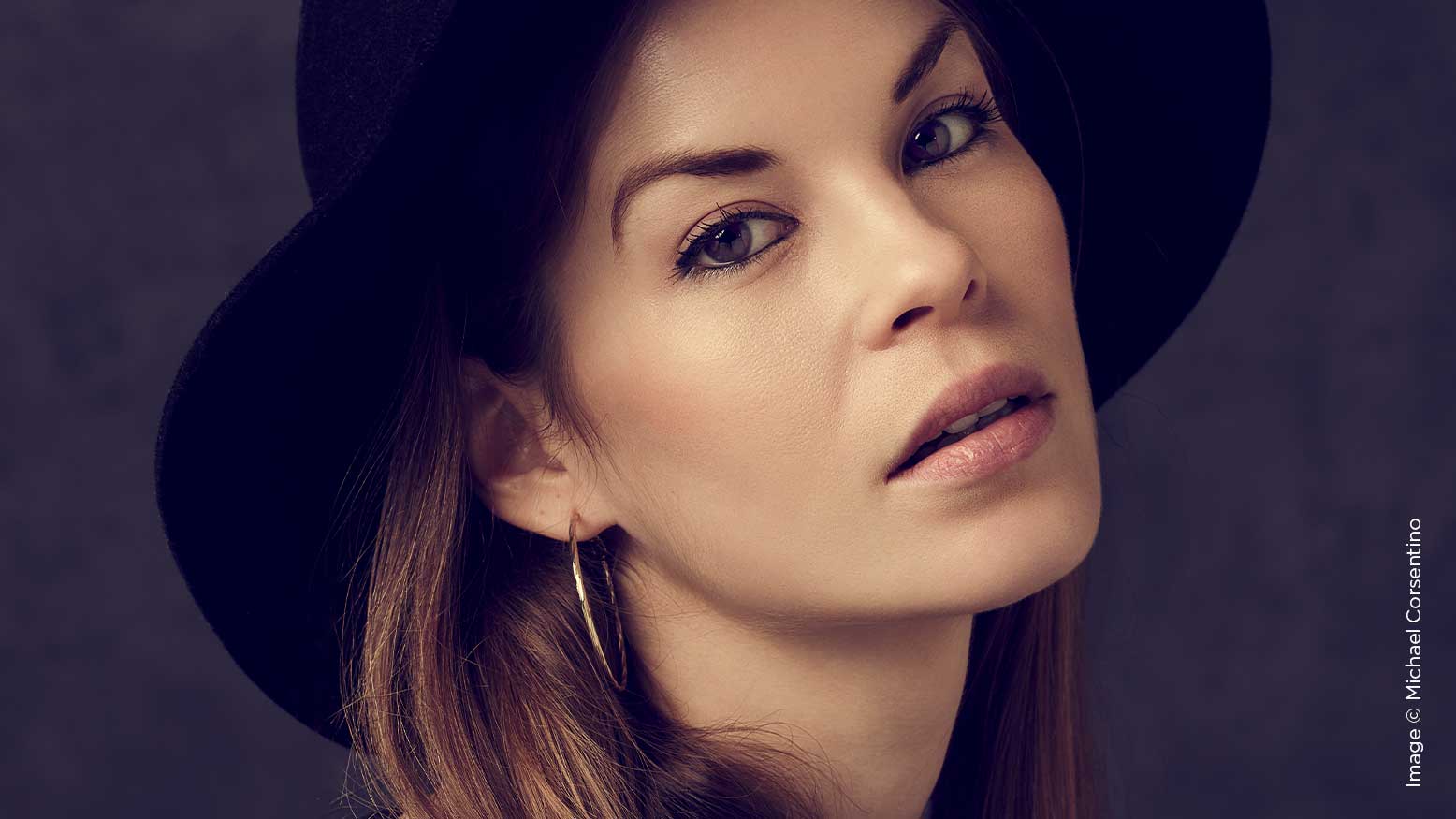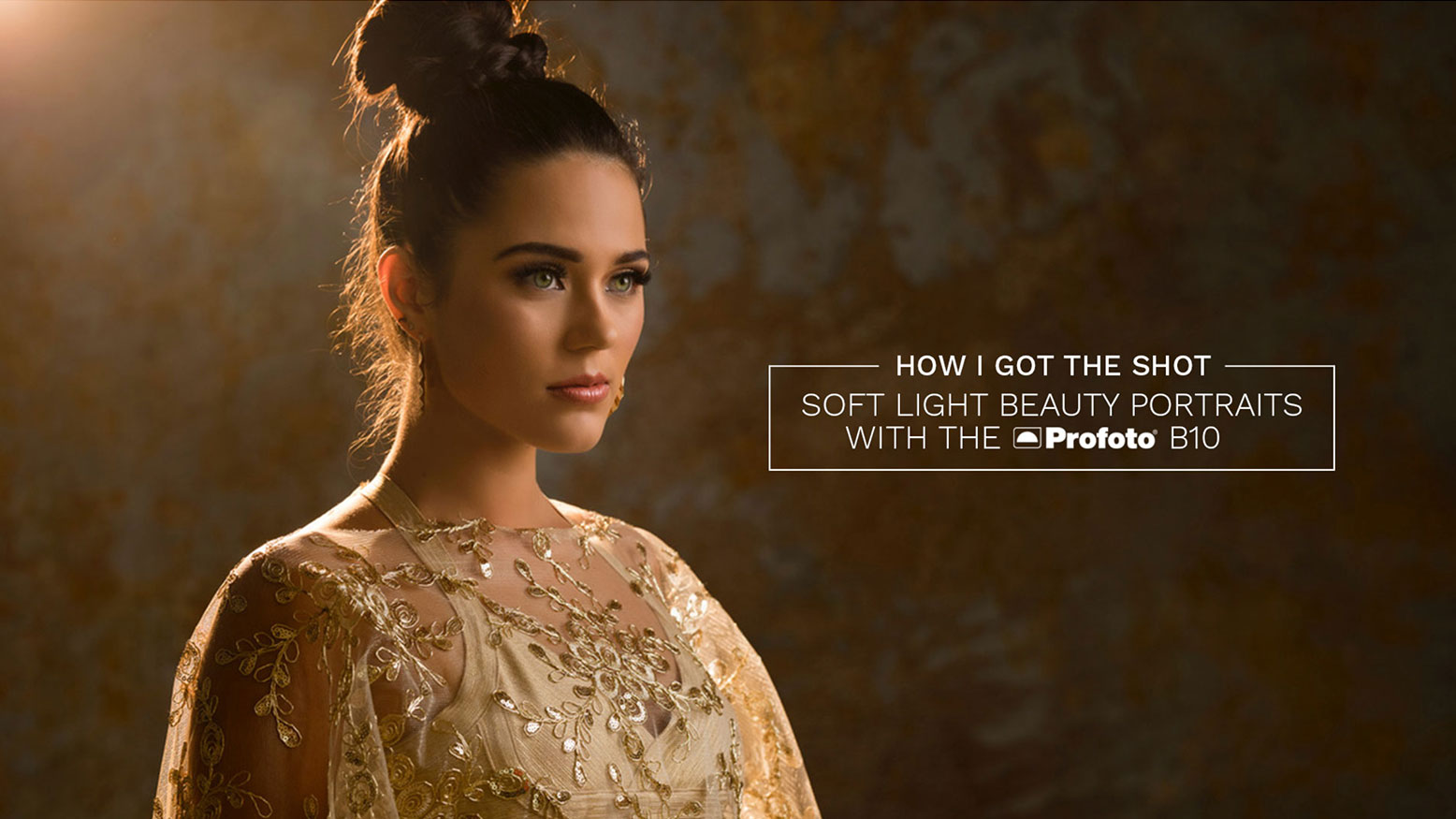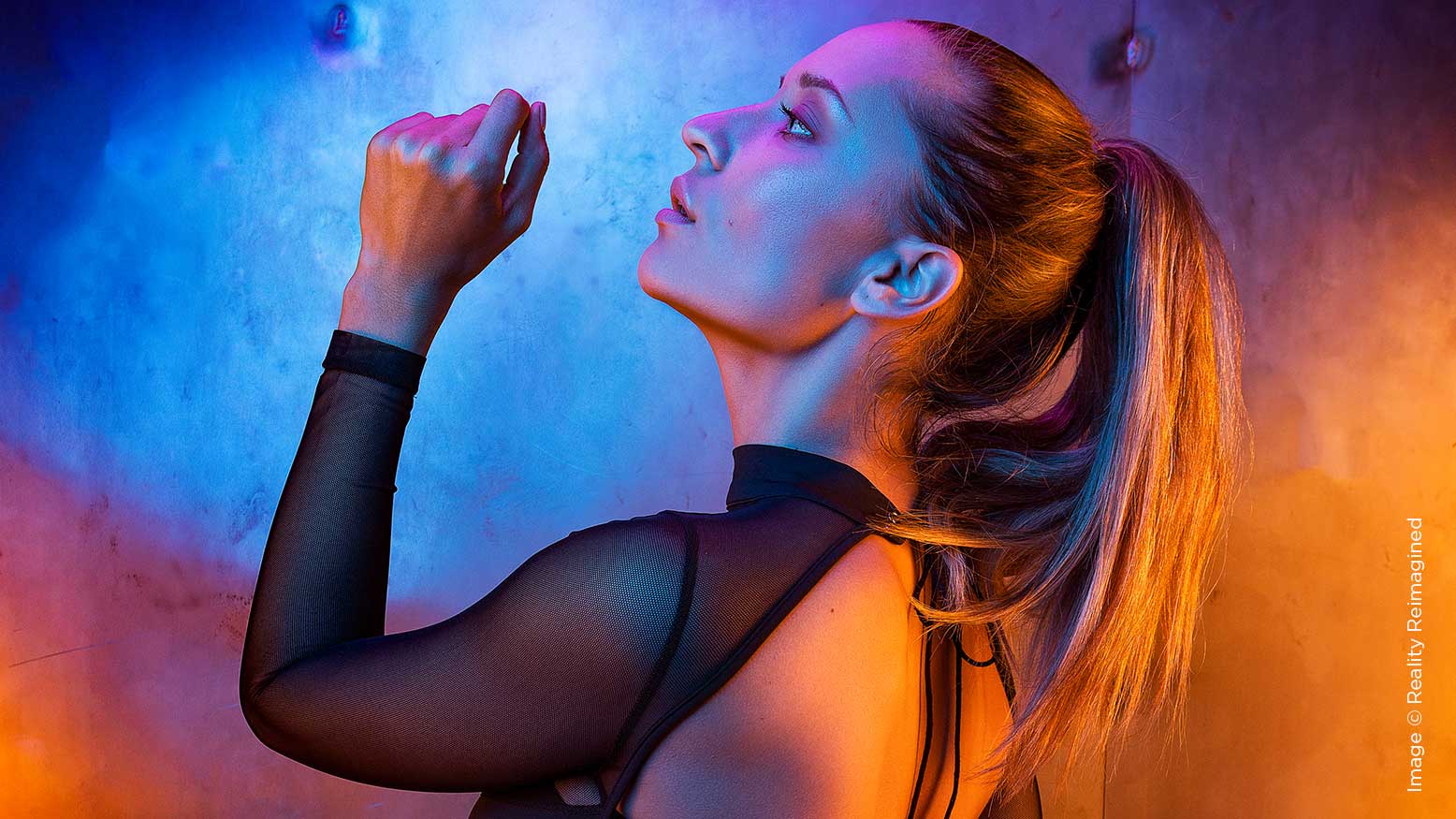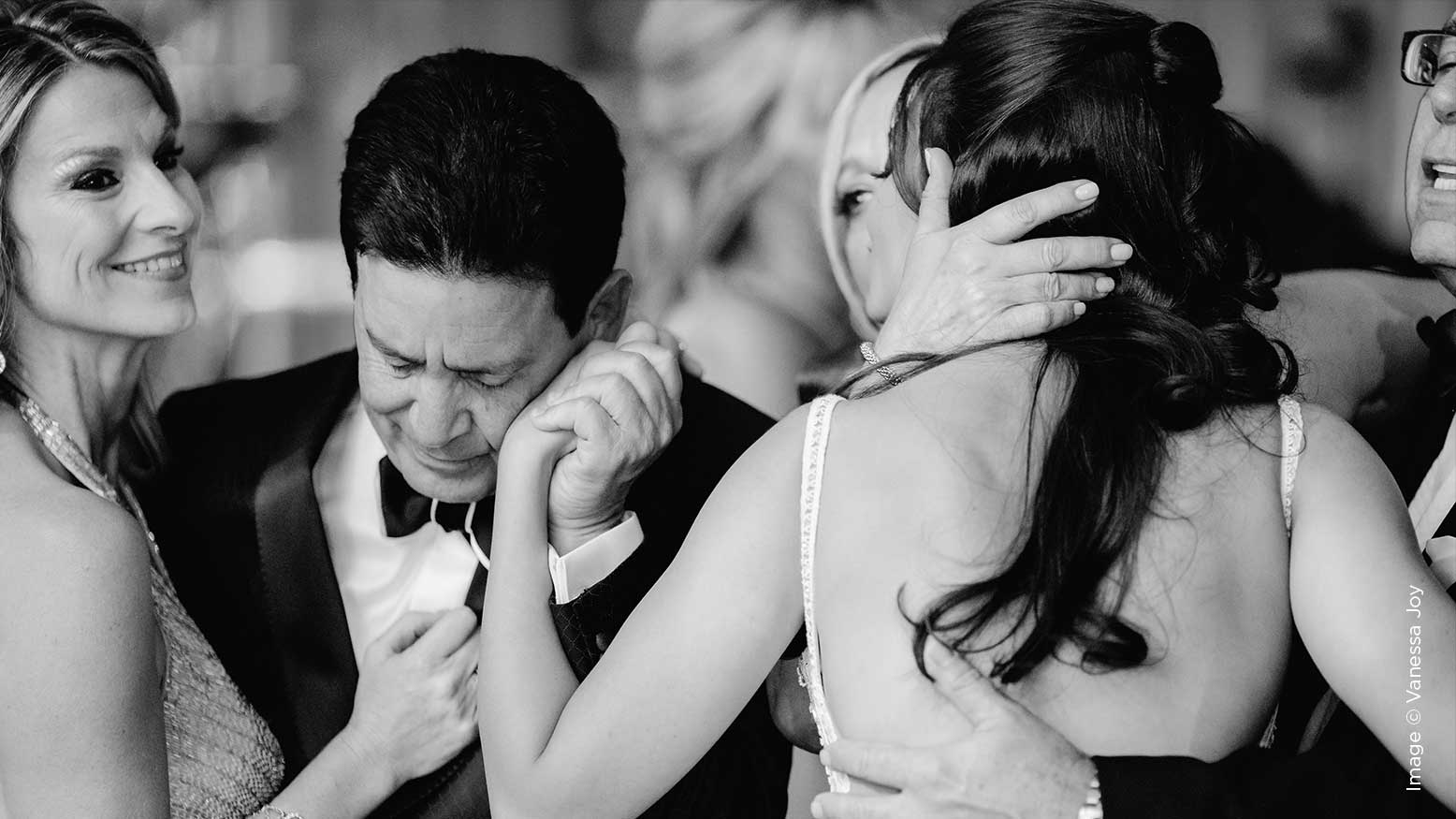5 Must-Have Modifiers
When it comes to crafting killer quality of light, it’s all about modifiers. These light-shaping tools come in a variety of shapes, sizes and interior finishes. When attached to the front of strobes, modifiers help control the quality, shape, direction, spread, and amount of contrast, as well as how quickly the light falls off. While some have more versatility than others, there is no one-size-fits-all modifier. Each has its own unique characteristics, and each produces a different set of results.

